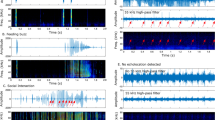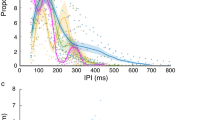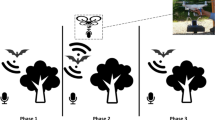Abstract
I HAVE read with great interest Mr. Pike's article on bats1 and Squadron Leader A. K. McIntyre's letter2 commenting on it. As the latter correctly states, it was Galambos and Griffin who were largely instrumental in proving that bats employ a supersonic form of acoustic 'radiolocation' when flying at night. They were not, however, the originators of this hypothesis, as they themselves state in their papers. This hypothesis was advanced by me as the result of a number of experiments performed in a set of rooms in King's College, Cambridge, the windows of which looked out on to the Cam. During the summer months, bats flew into these rooms in large numbers in the late evening and would remain there until dawn, flying round and round at will. They were unwitting collaborators in my experiments and continued to visit me without fear until the end of the long vacation. As a result of these visits I wrote an article in which I advanced the hypothesis that bats detect and avoid obstacles by hearing reflexions of high-pitched vocal sounds emitted during flight.3
This is a preview of subscription content, access via your institution
Access options
Subscribe to this journal
Receive 51 print issues and online access
$199.00 per year
only $3.90 per issue
Buy this article
- Purchase on SpringerLink
- Instant access to full article PDF
Prices may be subject to local taxes which are calculated during checkout
Similar content being viewed by others
References
Nature, 155, 122 (1945).
Nature, 155, 672 (1945).
J. Physiol., 54, 54 (1920).
Author information
Authors and Affiliations
Rights and permissions
About this article
Cite this article
HARTRIDGE, H. Avoidance of Obstacles by Bats. Nature 156, 55 (1945). https://doi.org/10.1038/156055c0
Issue date:
DOI: https://doi.org/10.1038/156055c0



